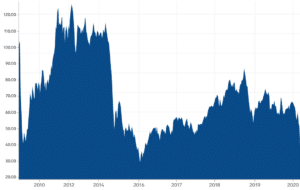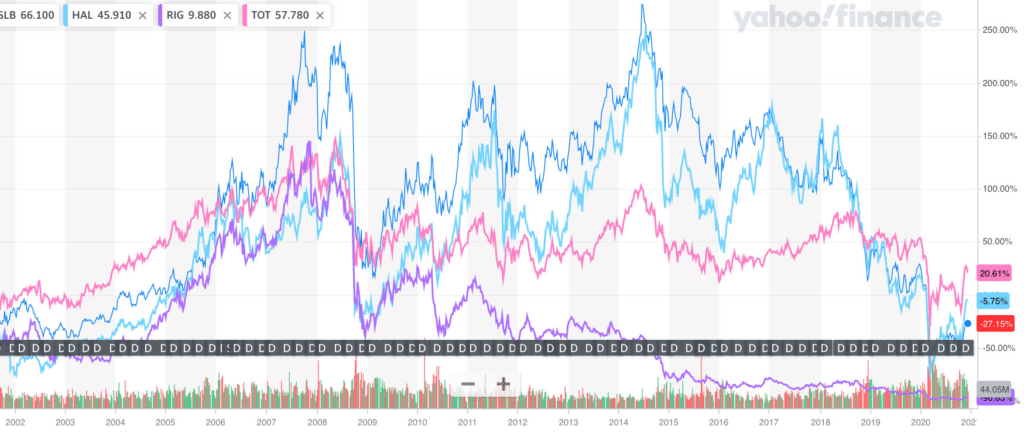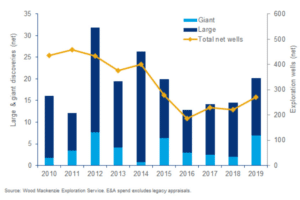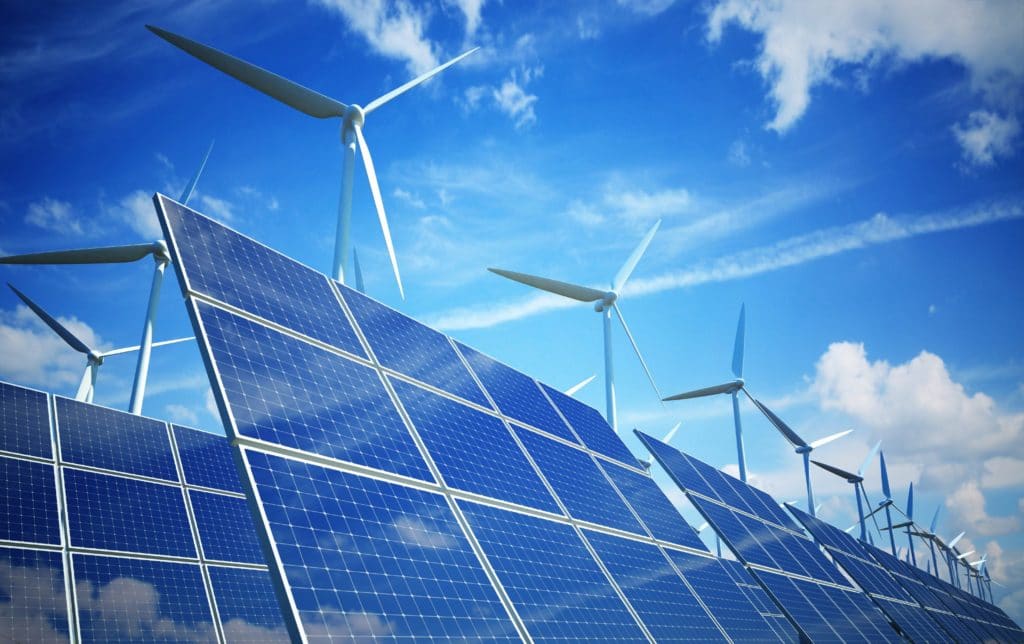RQA Group Principal Consultant, Energy Risks, Adrian Latimer, reviews the current state of the market, his thoughts on 2021, the rush to energy transition and his top 10 considerations for energy underwriters.
Click here to download the article or read on below ..
The Economic Backdrop


The Rush to Energy Transition
The EU Green Deal is expected to set 2030 emissions reduction targets at 55% of 1990 levels. China has announced a net-zero by 2060, and the UK has announced even more aggressive aims. President Elect Joe Biden has said the USA will rapidly rejoin the Paris Agreement, and estimates put economic recovery stimulus worldwide in the next 18 months at US$12 trillion of which four will be in the green economy. Eye-watering calculations put investment requirements at US$30-40 trillion to achieve a 2 degree or lower route. Where will the insurance industry be to support this, and is the experience there and are the right products available for these new sectors?
So where is the oil industry in this much touted energy transition? In 2018, after COP21, there was just 7 GW of capacity across seven Majors, 2% of global capacity, but now Eni targets 25 GW by 2035, Equinor 16 GW (2035), Total 35 GW (gross, 2025) and BP 50 GW (2030), while Shell has no specific target. If BP gets there, they’d generate 1.5% of global renewable power capacity, only just lower than its share of global oil and gas production. This would see the majors as very major renewable players.
This will require a lot of construction by 2030 – 2,450 GW of new build – 1,600 GW of solar, 700 GW onshore wind and 150 GW offshore according to Wood Mackenzie.
So where does this leave the Energy sector in 2021?

Being the second oil price collapse in 6 years brings one advantage, the industry has already imposed massive cost and capital discipline. Balance sheets have been cleaned up, priorities fixed and generating cash optimised, which will leave the survivors in better shape. And the level of large and giant discoveries has held up well:
If you look at the BP 2020 Energy Outlook, today over 50% of primary energy source comes from oil and gas (over 80% if you add coal). Their 2050 estimate puts oil and gas at between a third and a half. So, don’t forget that today hydrocarbons are still an essential resource and competitively priced, and will remain so for a while.
Top Ten Considerations for Energy Underwriters in 2021

Depending on vaccine roll out, most experts predict an economic recovery in H2 2021 and more stable oil prices as demand grows again. Supply will need to ramp up to meet it and will not imminently be replaced by renewables so there may be risk there.
The contracting sector is severely financially impaired, most drillers being in Chapter 11 bankruptcy. As demand comes back, they will need to unstack assets and remobilise. A key u/w exposure will be how safely this is done, how good is the maintenance, how ready are the rigs for deployment, how trained and experienced are the crews after massive lay-offs across the industry? Underwriters should look to favour the best risks and insureds, but to do that you need to understand what impact 2020 has really had.
Given the downturn, personnel become key: morale, retention, experience/training. How many people have been let go, and in which posts? What is the loss of knowledge and experience? Given the energy transition, is the industry still attractive to graduates and able to attract the best-in-class engineers from university?
Given the financial impairments, where are maintenance budgets, spend on HSE & training? What is the average experience level in years on a rig compared to 6 years ago? What is the maintenance budget in comparison? Are all HSE processes, tools and resources still in place? What has been lost and/or cut?
What changes have occurred in rig types/age (shift to higher tech, deeper water, newer assets?), and/or in business scope/product & service offerings? What businesses have been cut and why? What is the effect on the remaining ongoing business?
Digital transformation: what is the increase in cyber risk, is there a formal risk assessment and mitigation plan, and how is it resourced and structured? Is digitalisation being used to improve efficiency and reliability, or to reduce headcount and save cost? What are the guarantees that it will work?
Enterprise Risk Assessment (mapping): what are the major changes and new risks? Why, and how are they being managed and mitigated? How much is ‘insurable’? Is there any honest evaluation of the ‘internal risk’ and consequences of 2020 on employee morale, resources and the ability to perform safely?
What are the underwriting skills that will be needed for the energy transition, in renewable industry sectors, solar, wind, biofuels etc? How to accompany insureds as they shift?
Contractors face an unprecedented insurance dilemma: financial impairment that reduces the ability both to retain risk but also to pay for risk transfer against an insurance market that is making significant pricing increases to ‘correct’ a market pricing imbalance that has been there for years. Insensitive behaviour from insurers will only push away the better class of risk, maybe leading to short term higher premium levels but potentially long-term higher loss pay-outs. The key should be to evaluate which are the better insureds/risks and help them manage and transfer risk for future years, not just apply immediate across the board blind increases. Insureds did not cause the market imbalance, so expecting them to pay for decade(s) of mismanagement immediately is unrealistic and will drive good business away permanently.
How can insurers develop better, longer term partnerships with the better class insureds:
- Longer term contracts
- Less market volatility in pricing
- Deferred payment terms
- Adjustable premium based on real exposures as nobody can really predict 2021 and post covid recovery
- Better retention mechanisms that shift underwriters to more of an excess of loss status
- Remove frequency claims

About the author
Adrian Latimer has 29 years of experience in risk management in the world’s largest oilfield service provider, Schlumberger, the last 15yrs of which was spent as Corporate Risk & Insurance Manager. Before that he spent 8 years as Lloyd’s broker. As a Principal Consultant with RQA, Adrian is now advising specialist energy, property and liability underwriters and claims personnel in upstream energy risk and insurance considerations. He provides the expertise and perspective of a buyer, and the world’s major service contractor, with a broad understanding of oilfield contract and indemnity structures, project risks, JV issues, regulatory compliance, and how risks may in reality be allocated and practically enforced with National Oil Companies


